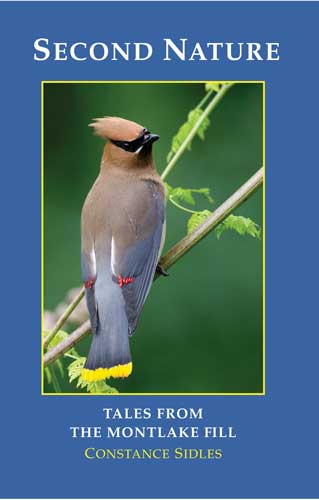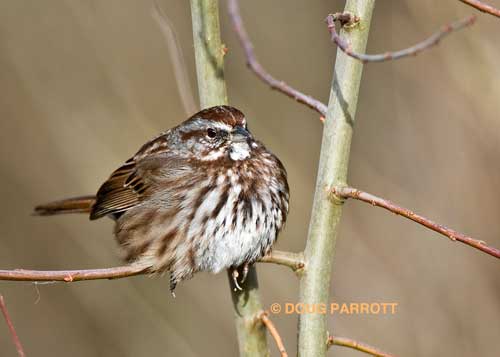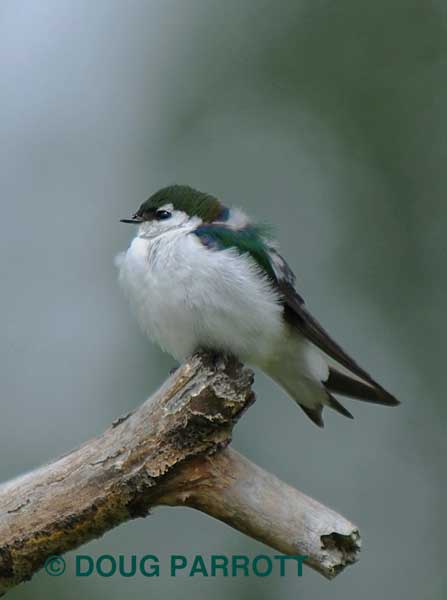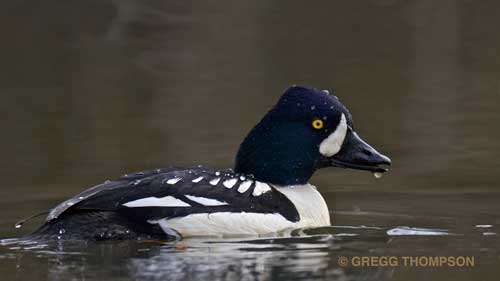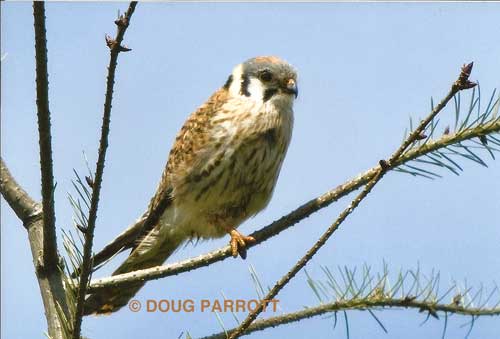
Female American Kestrel at the Fill.
She came blasting through the flock of American Goldfinches like a bullet shot through a pillow, birds and feathers scattering in her slipstream. “That’s a kestrel,” I cried, before I stopped to think.
American Kestrels are our smallest raptor: robin-sized bundles of fierceness who hunt for prey as varied as crickets, voles, and small birds. We used to see these tiny falcons at the Fill regularly in August, when our local grasshoppers got big and juicy. But something happened to the grasshoppers years ago. Their numbers plummeted, and the few survivors remaining tended to be small and hard to find. The kestrels stopped coming. I haven’t seen one for years.
Then two years ago, a male showed up. He stayed for only a few days, hunting over Kern’s Restoration Pond, then left, never to return. I guess we’re still not offering a very rich table. So it was a great surprise to see another kestrel this spring.
After that initial view, I have seen this female twice more. Once she perched on top of the Triple Tree (the three-trunked cottonwood in the middle of Hunn Meadow East), flicking her tail and surveying her domain. Yesterday, she floated through the Fill, hovering as kestrels sometimes do when they are looking for prey. This, despite the fact that the wind was whipping Lake Washington into a froth of whitecaps, and nearly every other bird and human had hunkered down wherever we could find cover. Not she, though. She, the little empress of the air, mistress of the wind, wild and free. Oh, what beauty has come to grace our Fill.

